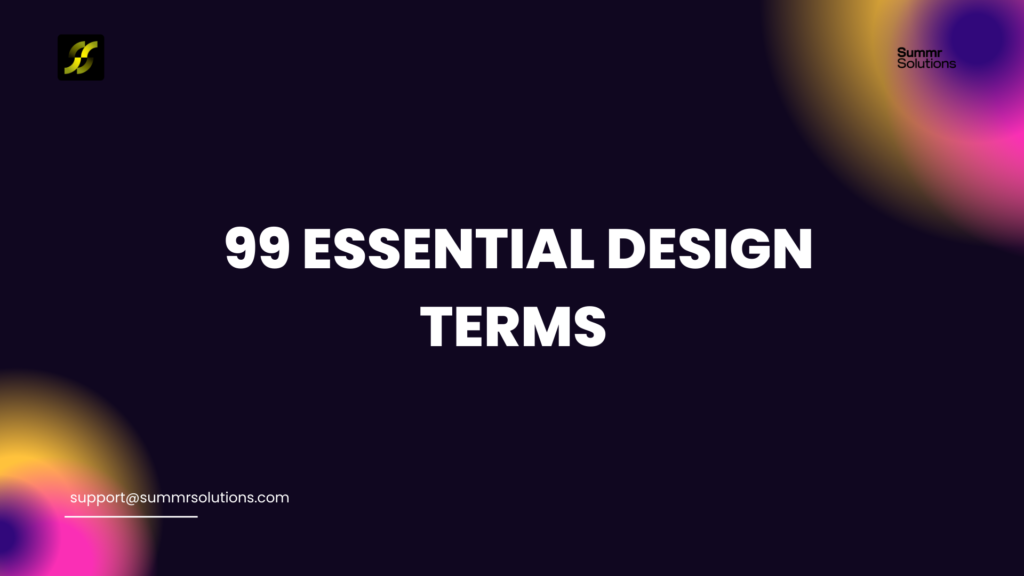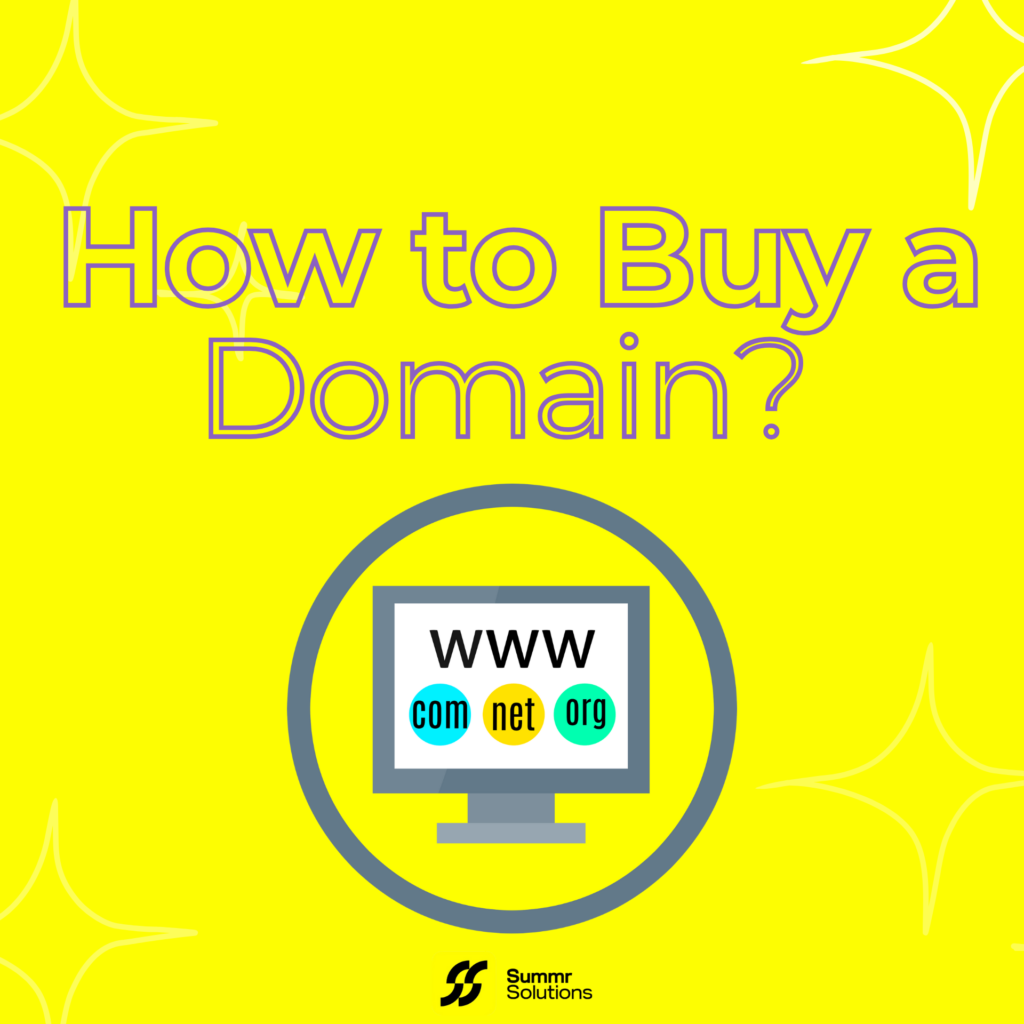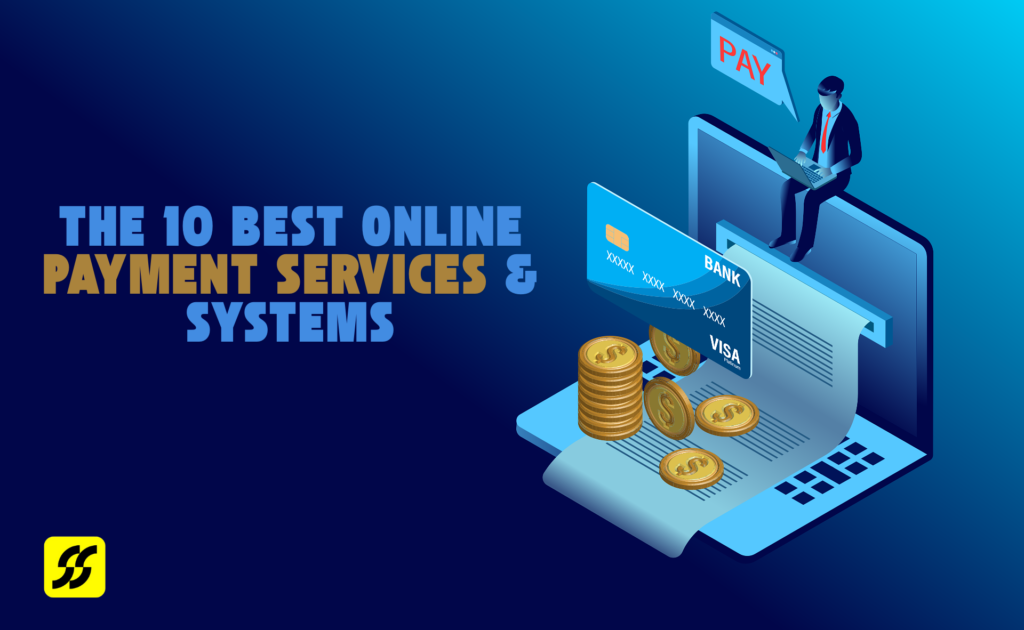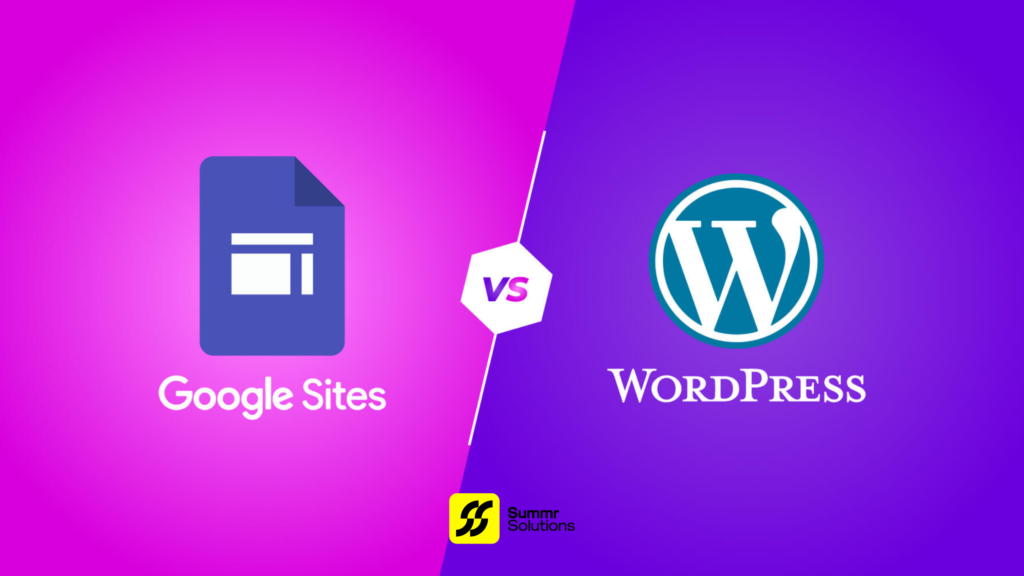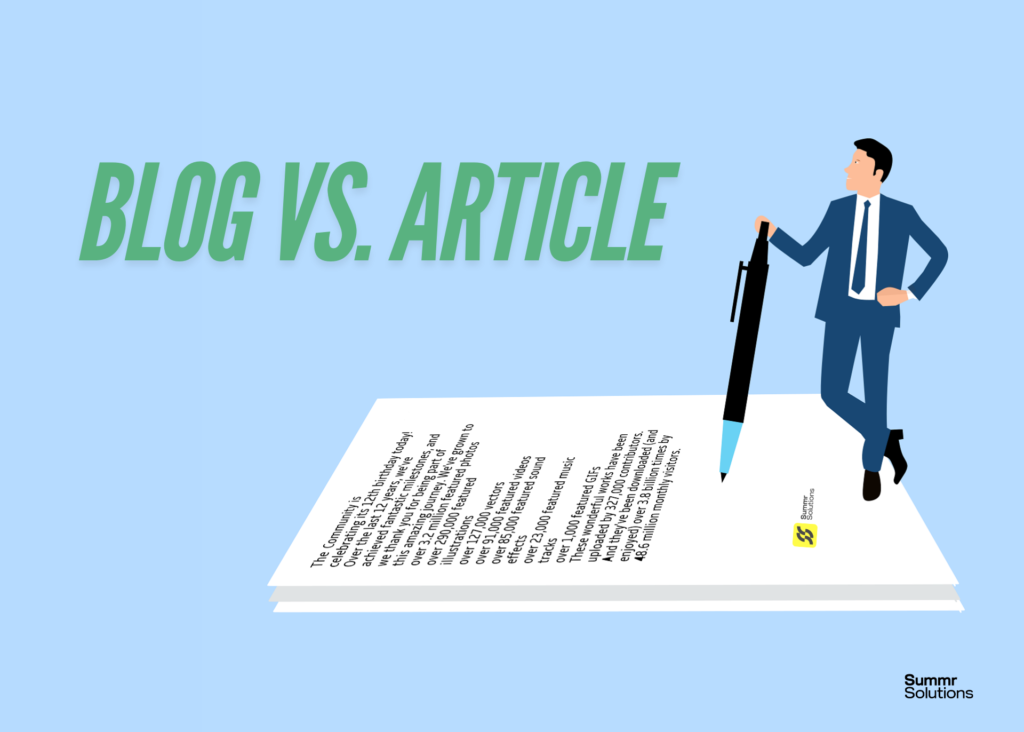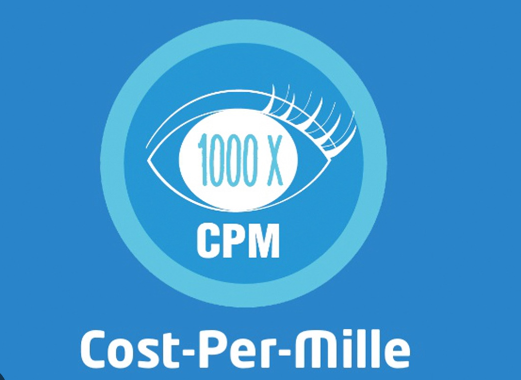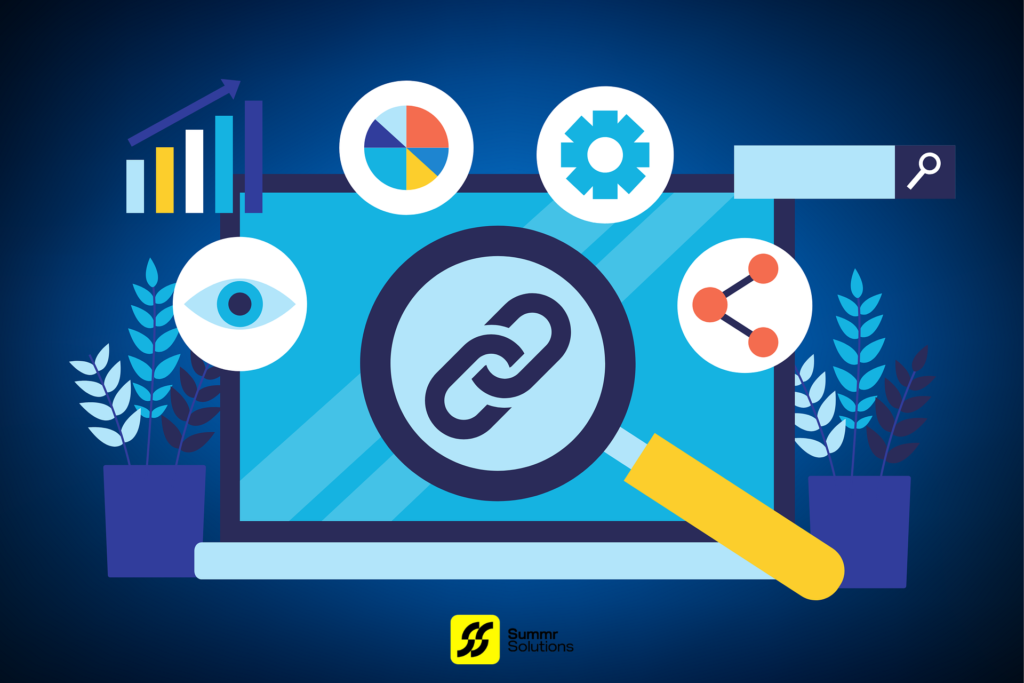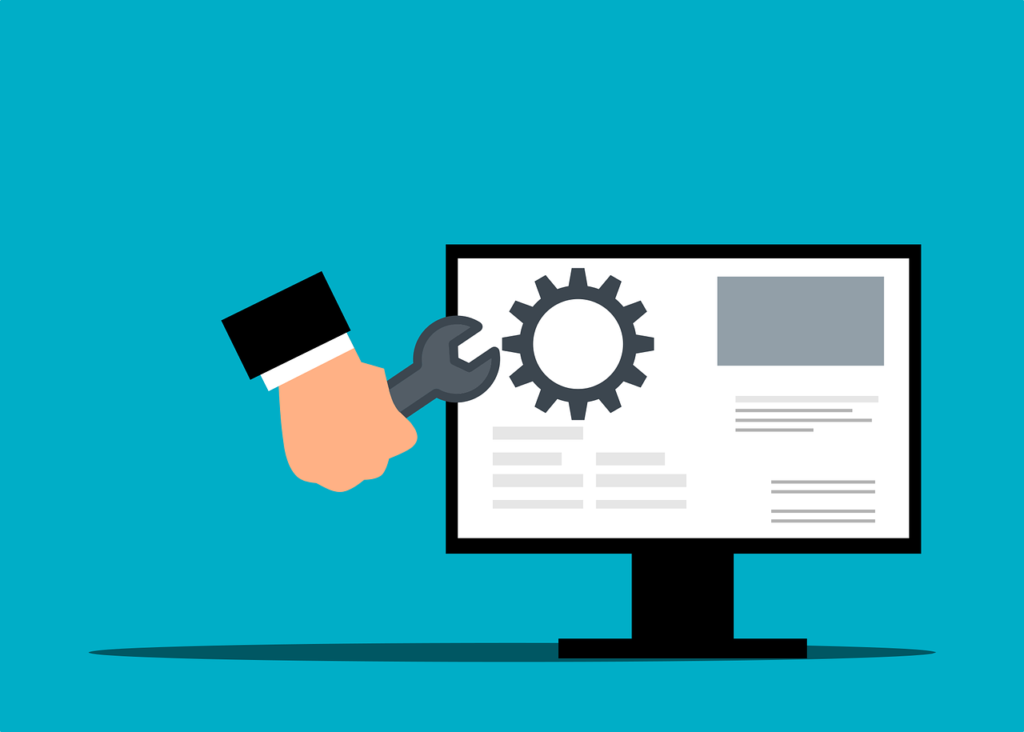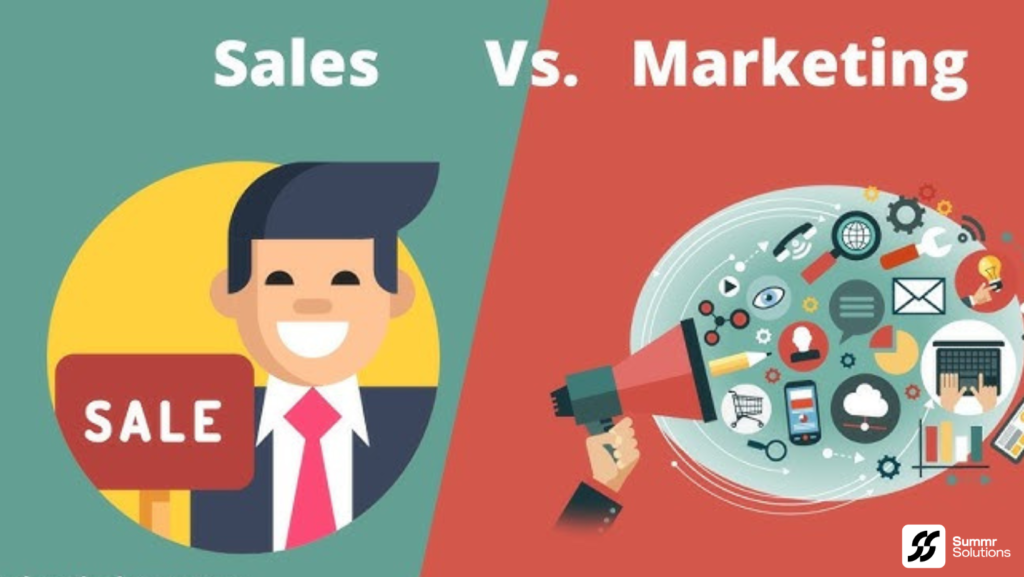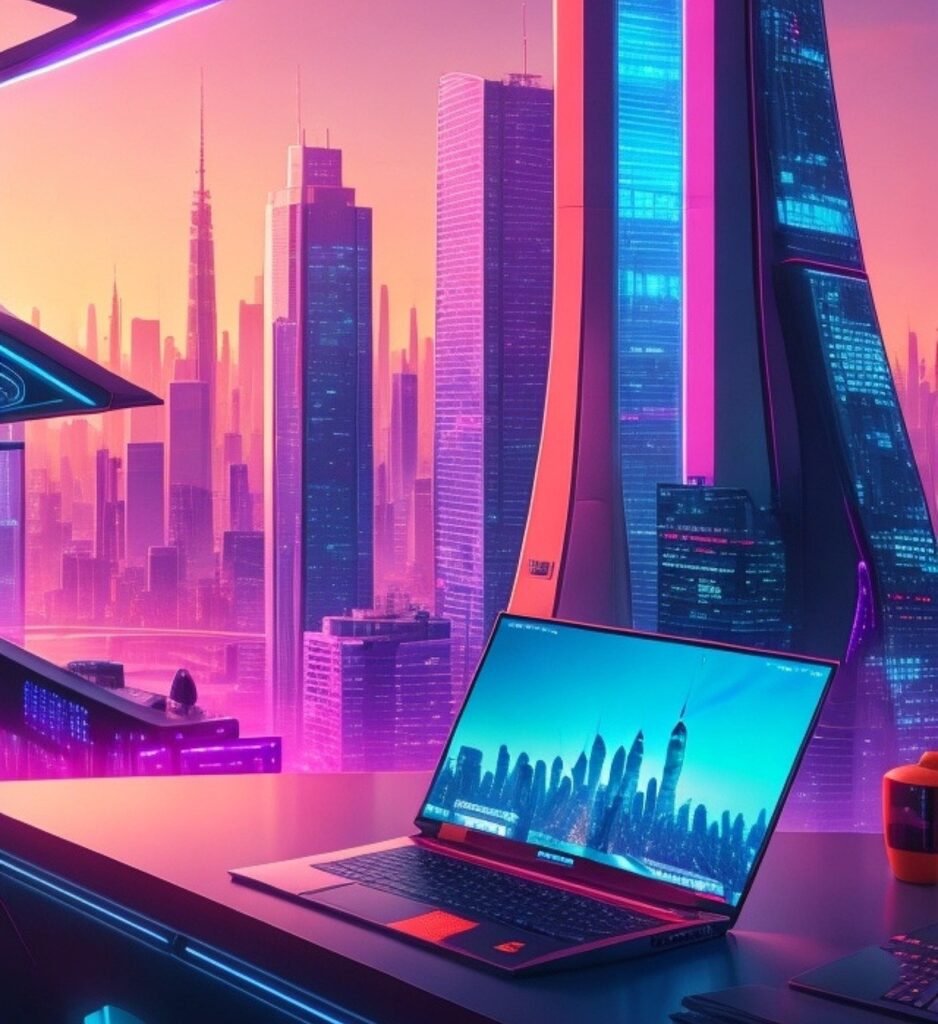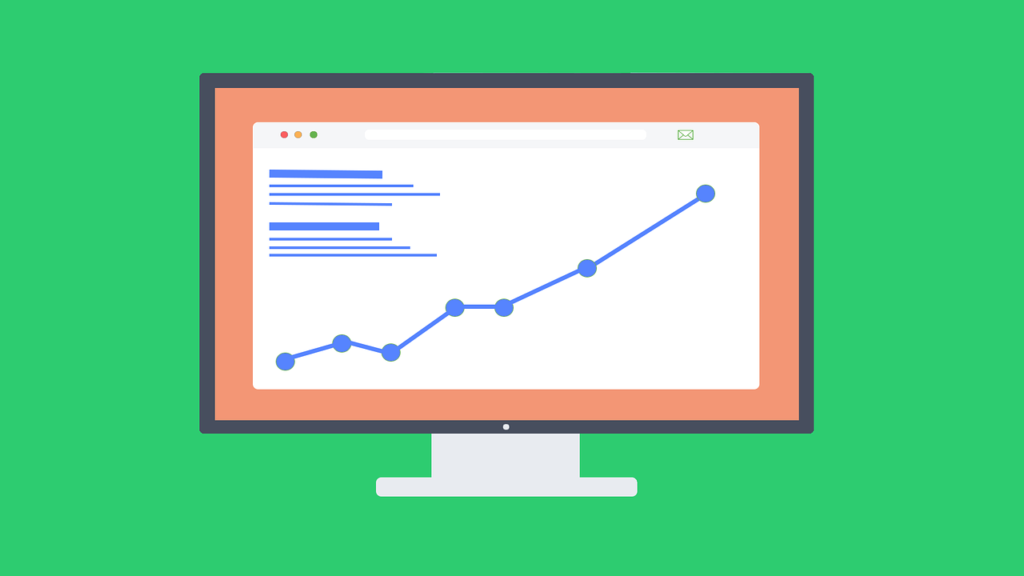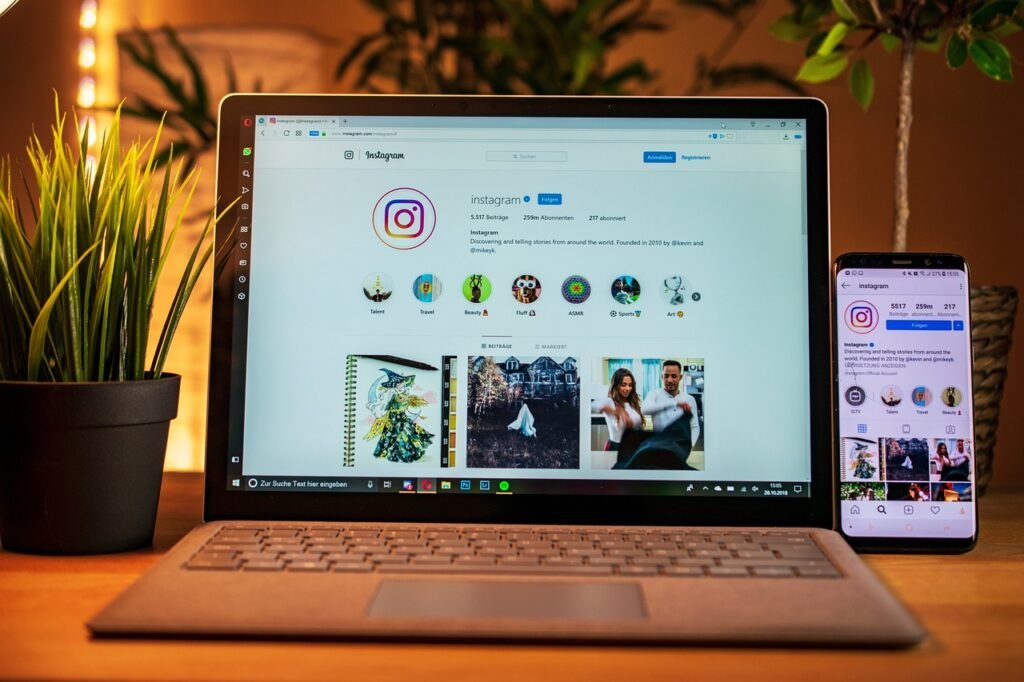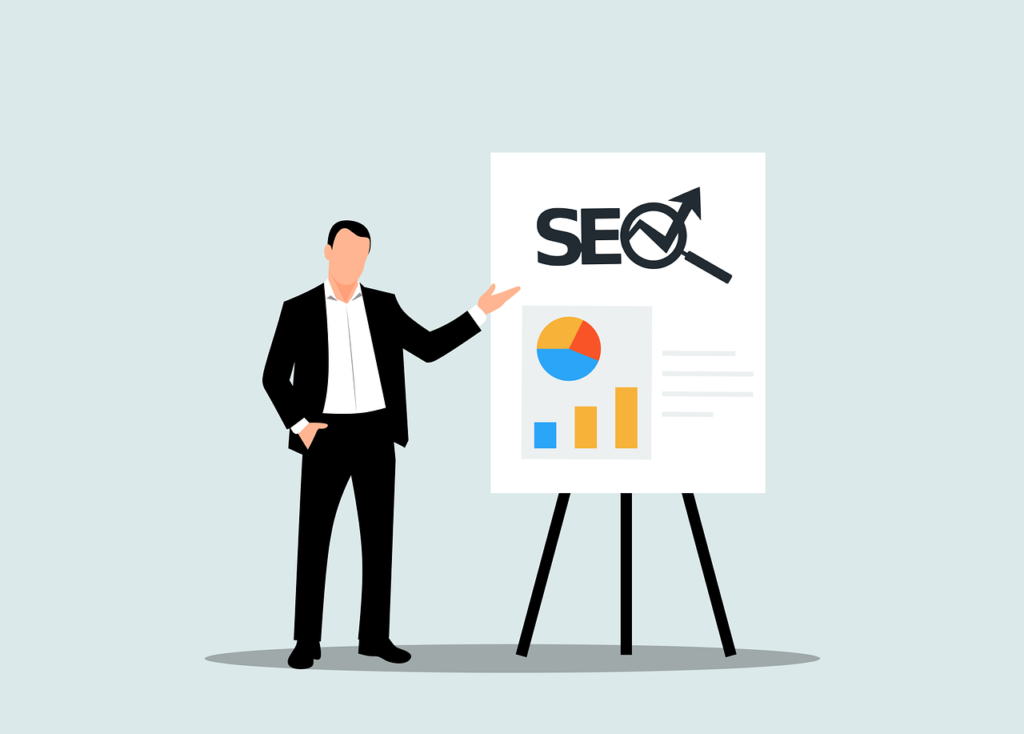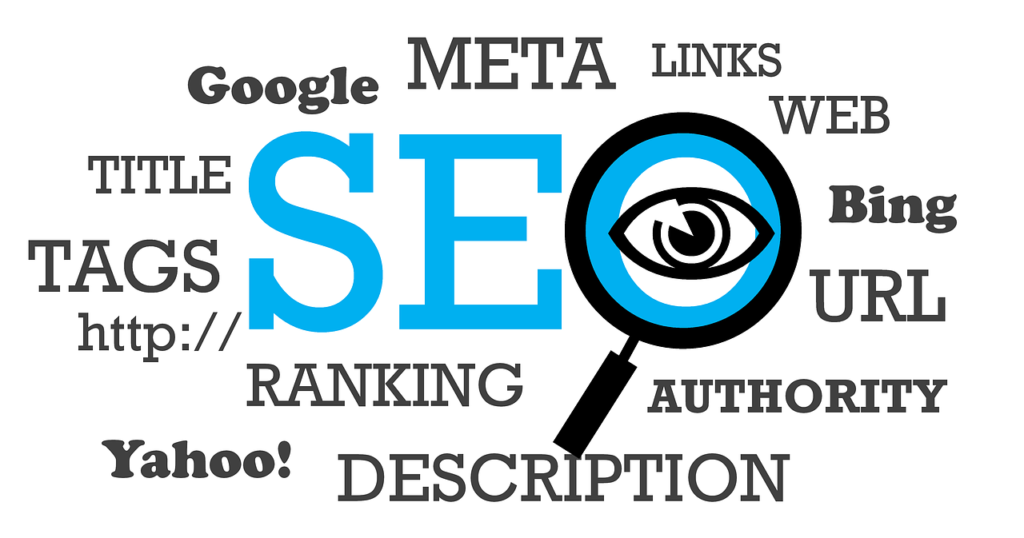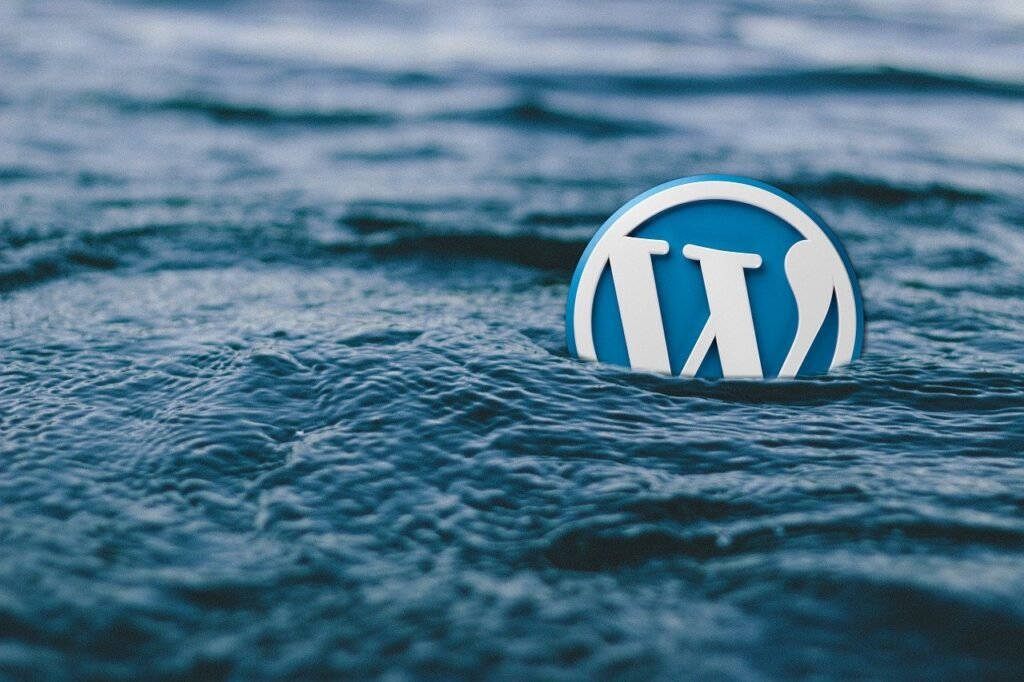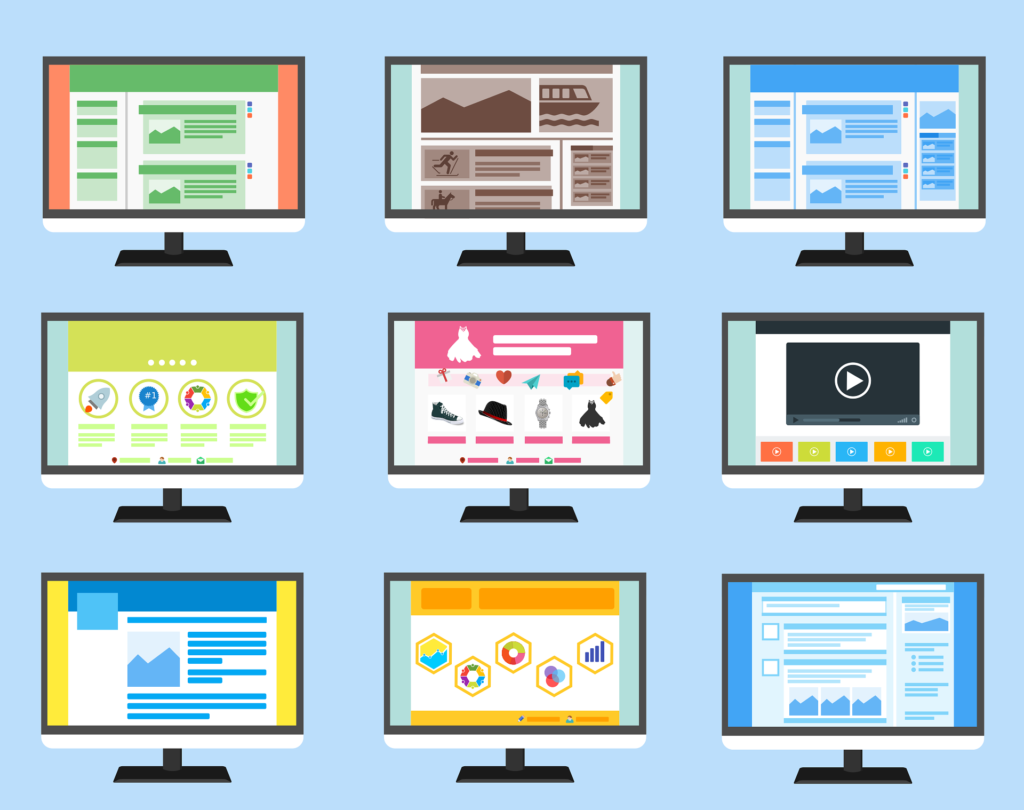In today’s digital landscape, creating websites with minimal environmental impact is not just an option—it’s a necessity. Sustainable web design helps businesses reduce their carbon footprint while improving user experience and search engine rankings.
What is Eco-Friendly Web Design?
Eco-friendly web design focuses on minimizing the environmental impact of websites through techniques like energy-efficient hosting, optimized media, and streamlined code. This approach reduces a website’s carbon footprint by lowering energy consumption and promoting sustainability.
Looking to make your site more sustainable? Let Summr help you reduce your website’s footprint today.
How Do Websites Impact the Environment?
Every website action, such as page loading or video streaming, consumes energy. The more media-heavy or complex a website, the more energy it uses. According to studies, the tech industry contributes to up to 4% of global CO2 emissions—equivalent to the aviation industry.
Curious about your site’s environmental impact? Contact Summr for a sustainability evaluation.
5 Key Sustainable Web Design Practices
- Optimize Images: Compress images using formats like WebP.
- Limit Video Usage: Minimize autoplay and use lower-resolution videos.
- Lazy Loading: Load content only when it’s needed.
- Clean Code: Streamline code for faster loading and less energy use.
- Mobile Optimization: Design with mobile users in mind to reduce data usage.
Why is Green Web Hosting Important?
Green hosting uses servers powered by renewable energy, such as solar and wind, helping reduce your site’s carbon footprint. Switching to green hosting is one of the most impactful ways to make your website more sustainable.
Interested in green hosting? Reach out to Summr and we’ll help you make the transition.
How Can Sustainability Improve SEO?
Sustainable web design and SEO are closely connected. Faster, optimized websites rank higher on search engines. Google prioritizes sites that offer great user experiences with quick load times. Sustainable websites, which are energy-efficient, also perform better in SEO due to their lightweight, streamlined structures.
FAQs About Eco-Friendly Web Design
How can I make my website eco-friendly?
You can adopt practices such as image compression, green hosting, and simplified code to reduce your site’s energy consumption.
Why should my business care about sustainable web design?
Beyond environmental responsibility, sustainability appeals to eco-conscious consumers, improves site performance, and can lower operating costs.
Need expert advice? Get in touch with Summr to start building a more sustainable website today.
Understanding the Digital Carbon Footprint
Every website has a carbon footprint, as each action—from a page load to video streaming—uses energy. Websites that rely on large media files, complex coding, and inefficient hosting can use far more energy than necessary. According to recent studies, the global information and communication technology sector accounts for approximately 2% to 4% of global CO2 emissions.
Business Benefits of Eco-Friendly Web Design
Creating an eco-friendly website isn’t just about sustainability—it’s also a business advantage. By optimizing your website, you reduce energy consumption, improve load times, and attract more visitors. These improvements result in higher conversion rates and better brand perception among eco-conscious customers.
Ready to make the change? Let Summr help you build a website that supports your business goals and the planet.
Building for the Future: Why Sustainable Web Design is Essential
As technology advances, more companies are embracing sustainable web design. With the rise of artificial intelligence (AI) and machine learning, the future of eco-friendly websites is bright. By starting today, you can future-proof your site and ensure that it remains aligned with both environmental goals and customer expectations.
SEO and Sustainability: A Perfect Match
Eco-friendly websites tend to perform better in search rankings. By speeding up load times and reducing energy consumption, you can improve your SEO while supporting sustainability.
Want to improve your SEO while cutting down your site’s carbon emissions? Let Summr guide you through sustainable SEO strategies.
Conclusion: Take Action Toward a Greener Online Presence
Eco-friendly web design benefits both the environment and your business. By implementing green hosting, optimizing website elements, and streamlining your code, you reduce energy use while enhancing user experience and SEO rankings.
Let’s take the next step toward sustainability! Contact Summr today for expert guidance on building a greener, more efficient online presence.









